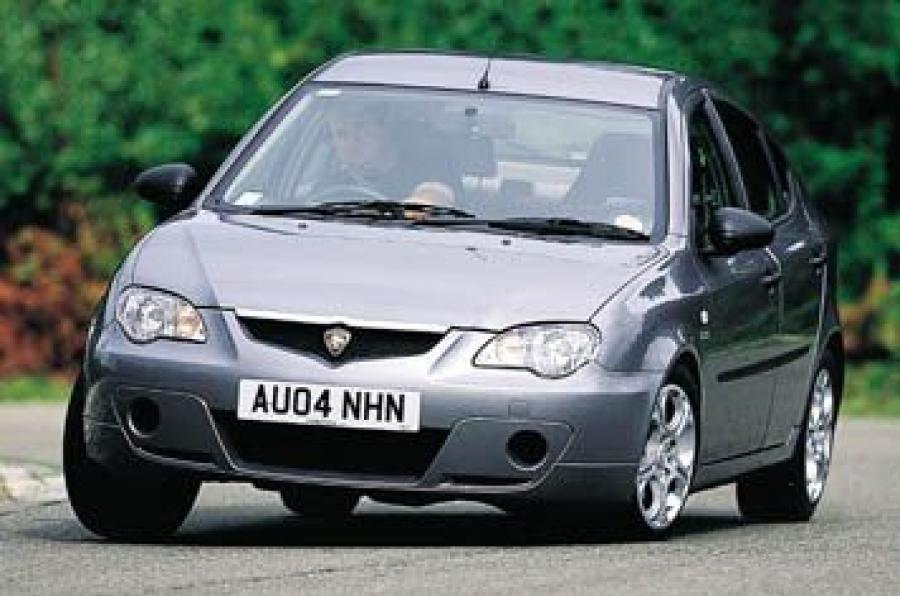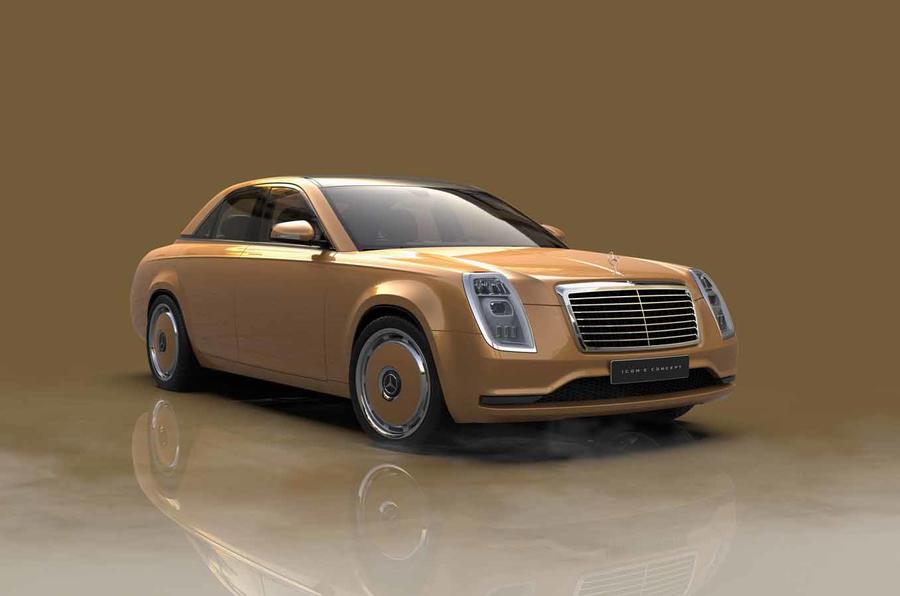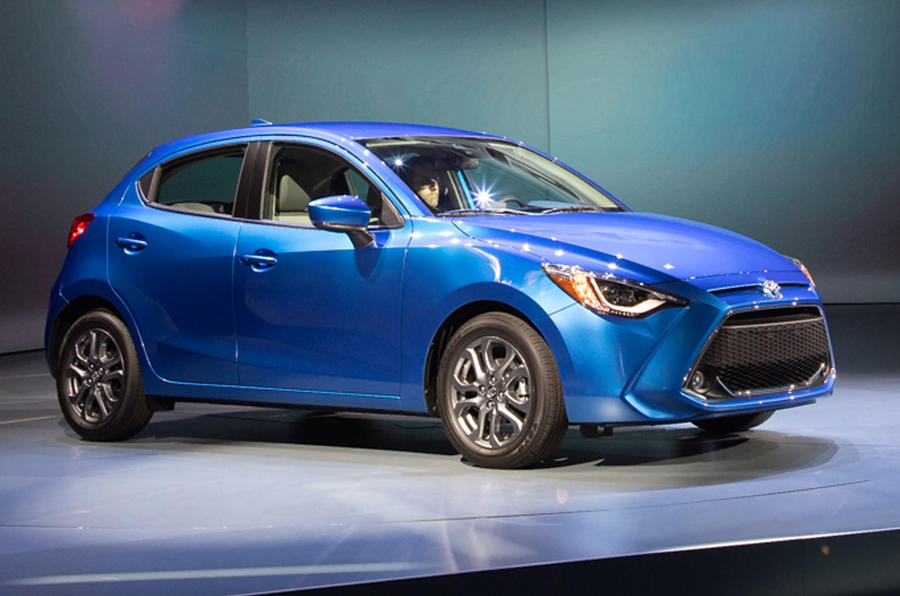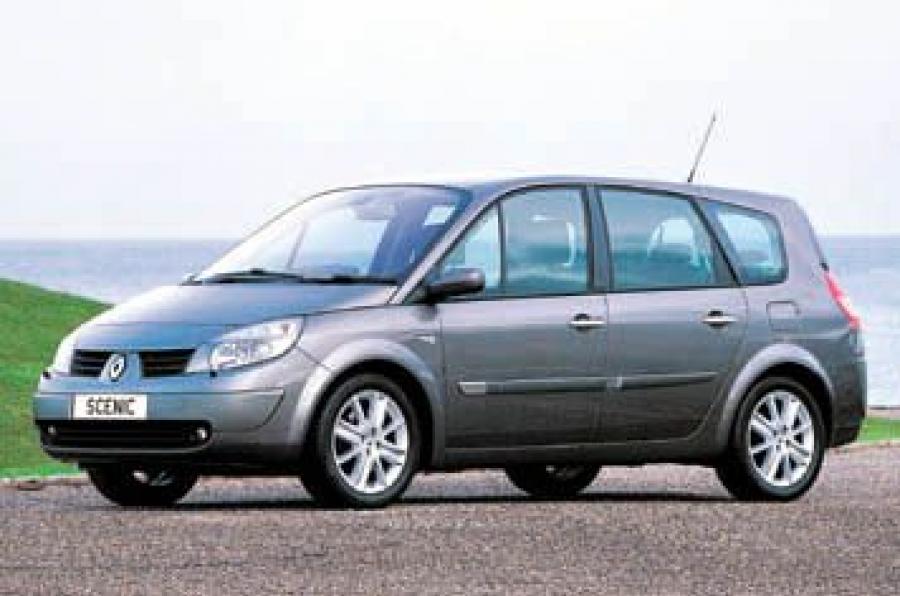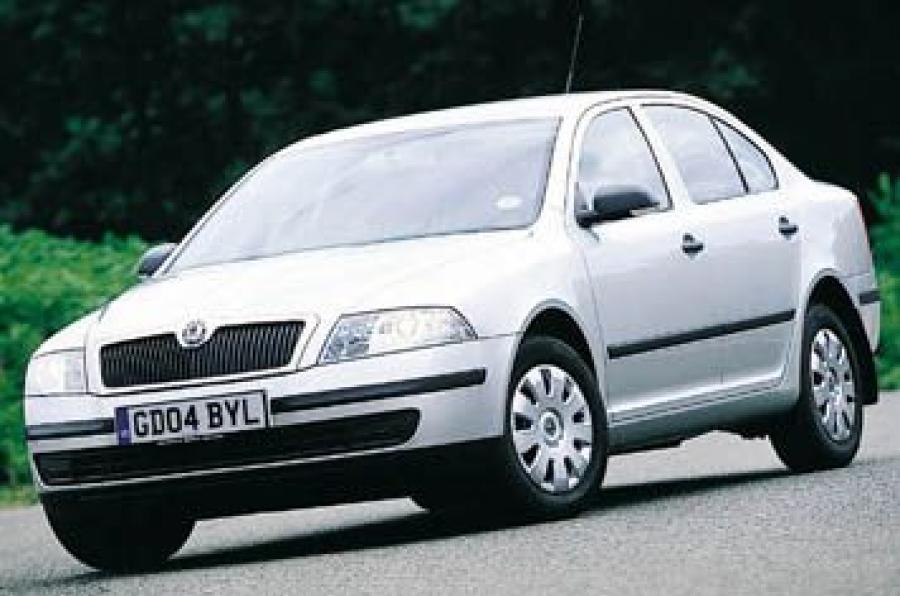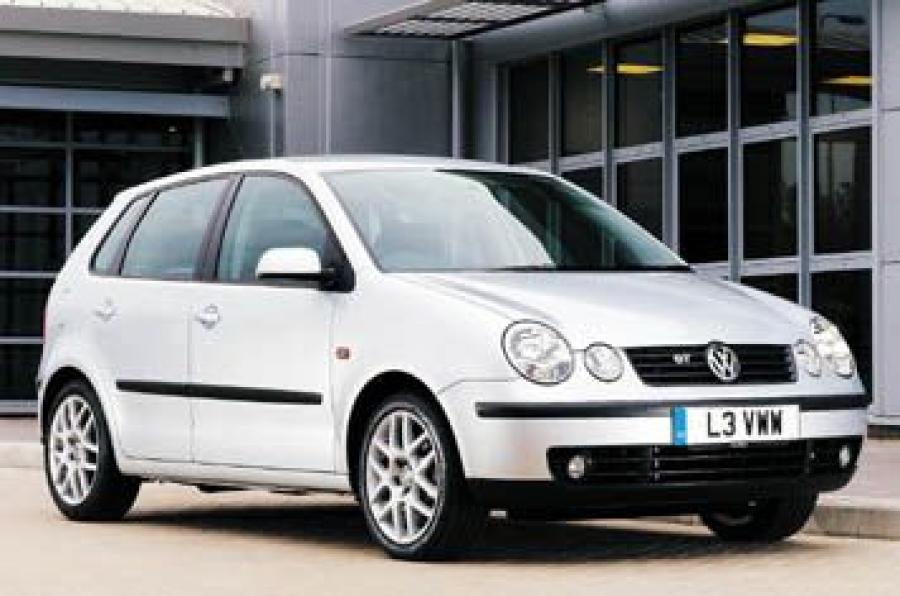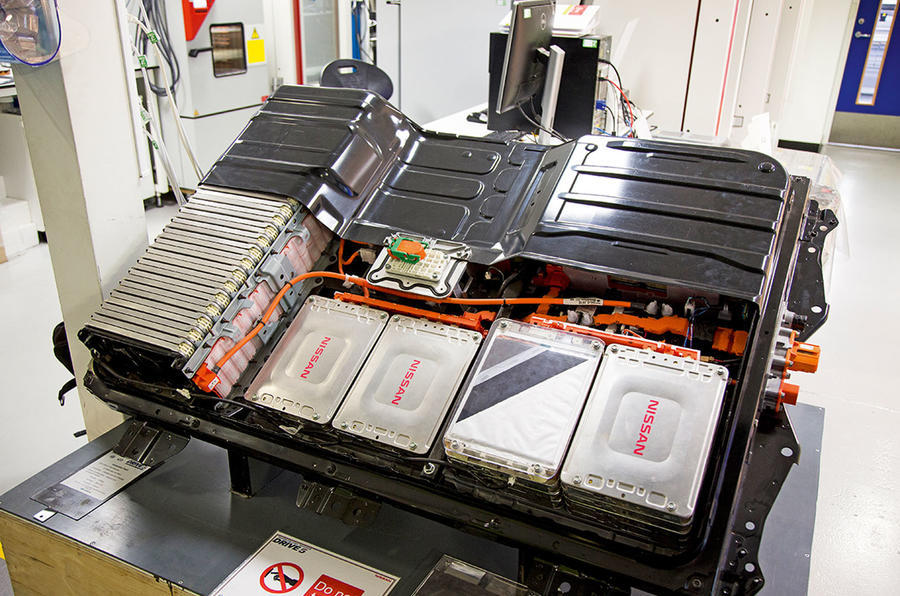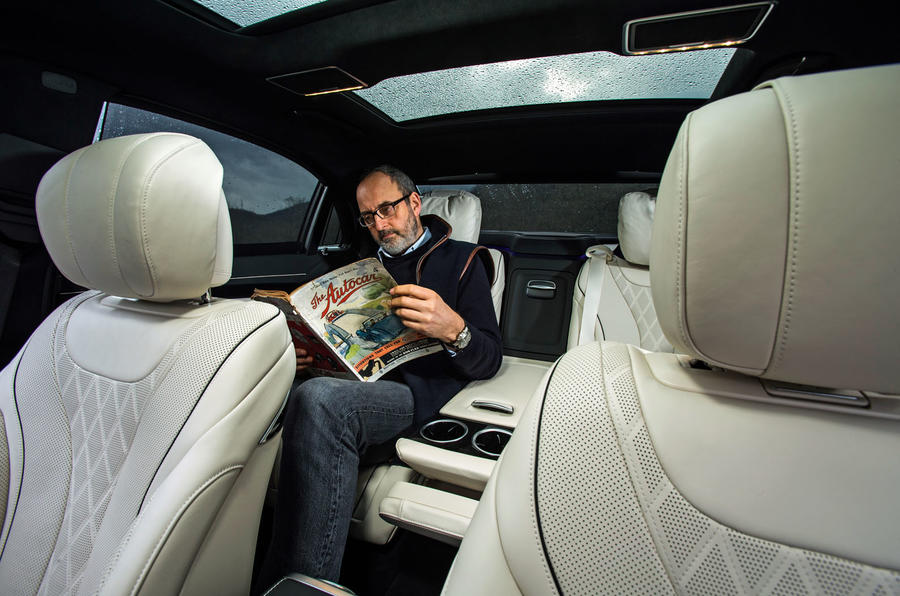
"Please enjoy the pleasant sensation of looseness,” says the car you are driving. Once you’ve stopped smirking, you would be forgiven for concluding that the pursuit of comfort by at least one luxury car manufacturer might be in danger of descending into self-parody.
The car in question is a Mercedes-Benz S-Class, the breed that has become almost as synonymous with comfort as Sellotape has with sticky-back plastic. And on this occasion it was giving advice on how best to use its seat massagers. But what is comfort in an automotive context? Is it really just about big chairs and soft springs, or is there more to it? Back in 2005 tests were conducted between an S-Class and its immediate rivals over a 300- mile route that revealed that whoever was driving the Benz had a heart rate on average five beats per minute slower than when they were driving any of the other cars. And that can’t just be squidgy seats.
Actually, providing a car with what we perceive as true comfort is a science as inexact as the whims of the capricious humans who covet and drive them. We know comfort when we feel it, but what is it and how is it achieved? The first thing to understand is that there is a clear distinction between a car that is comfortable and one that is comforting, but if true comfort is to be achieved, you need to provide both.
Matt Saunders, road test editor of this parish, reckons it all begins with “a straight, accommodating and adjustable driving position”. Drivers don’t sit still in cars; we’re forever shifting our weight around and moving our arms and legs, so if you have to sit slightly askew because the pedals are not actually directly in front of the steering wheel, your comfort is going to be compromised, if not immediately then certainly after a while. Likewise you need to be able to position yourself relative not only to the pedals but the steering wheel too, so a good range of steering and seat adjustment is important.

